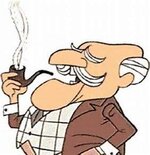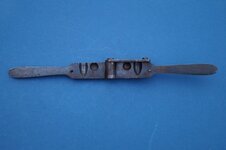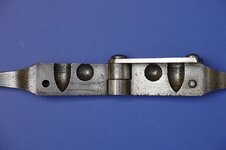Staff Member
Gold Supporter
Bronze Lifetime
- Messages
- 23,598
- Reactions
- 113,135
So the '63 Sharps rifles and Carbines were mostly in .52 and .54 caliber.I just jumped over to IMFDB.org - according to them, the rifles used by the Sioux in that scene were all Sharps 1863's and the Saddle Ring Carbines. Definitely guns I don't know much, if anything, about.
They were a breech loading firearm that used paper cartridges.
The paper cartridge held the black powder and was "wrapped" around the bullet.
To load a Sharps ...
You put the hammer on half cock...
Pulled the under lever ( trigger guard )...
Which drops the breech...
Load the cartridge...
Close the breech .. when closing the breech the breech block cuts the back of the cartridge ... exposing the power...
Put a musket cap on the nipple...
Full cock the hammer... aim ... fire .... repeat.
These are very accurate firearms and were highly sought after.
There was a Federal Unit known as "Berdan's Sharpshooters " who in a large part were armed with these rifles.
That is where the term "Sharpshooter" for a skilled marksman comes from.
Berdan also invented the Berdan priming system.
Andy














